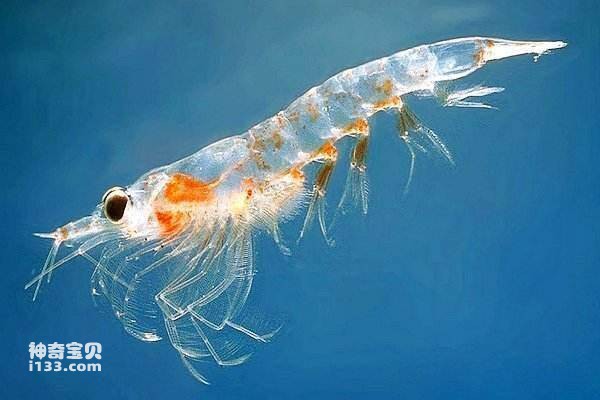The Antarctic continent has few living things. However, the ocean surrounding the Antarctic continent, the Southern Ocean, is a world full of vitality. Especially the waters near the Antarctic Convergence Zone are denser with life.
The Southern Ocean used to be called the Antarctic Ocean or the Southern Ocean. Its northern limit is the Antarctic Convergence Zone - the boundary where water temperature and salinity change drastically. It is located between 48o and 62o south latitude. This line is also the ice edge of the Southern Ocean. Evenly distributed boundaries. The Southern Ocean covers an area of 75 million square kilometers and is the only ocean in the world that completely surrounds the earth without being divided by any continent. It has unique hydrological characteristics and is not only rich in biomass, but also has a significant impact on the global climate.
Thousands of species of marine life inhabit the Southern Ocean, ranging from single-celled phytoplankton to large algae several meters long; from small zooplankton to large mammals such as seals and sea lions, and even giant whales weighing hundreds of tons; from flying animals From seabirds to flightless penguins, there are many species and shapes. As far as the distribution of organisms is concerned, they can be found from shore reefs and beaches to intertidal zones; from shallow seas to thousands of meters of undersea abyss; from seawater to floating ice and ice. It can be said that the distribution is wide, the individuals are dense, the population is changing, and it is full of vitality.

Compared with other oceans in the world, there are not so many biological species in the Southern Ocean, but the quantity is much larger, such as Antarctic krill, which contains about 400-600 million tons; the whaling in the Southern Ocean before World War II The number of whales accounts for 70% of the world's total whaling; the number of penguins is about more than 100 million; the number of seals also ranks first in the world; the density of phytoplankton is also quite high, sometimes there are L billion cells per cubic meter of sea water.
Few species and many species are one of the characteristics of Southern Ocean organisms. It is precisely because of the large species that they cover up the lack of species, making the Southern Ocean still full of life.
Another characteristic of Southern Ocean organisms is slow growth, low metabolism, cold and dark tolerance, large individuals, and long lifespan. For example, some fish in Antarctica grow several centimeters per year; Antarctic cod can tolerate a low temperature of -1.89°C; plankton that can withstand darkness and has an empty belly have been discovered on the Ross Ice Shelf; emperor penguins can tolerate temperatures of -60°C to -70°C. Low temperature, the average weight is 43 kilograms; the blue whale weighs up to 150 tons; the elephant seal weighs up to 6 tons; the largest squid weighs 143 kilograms. Isotopes have measured the age of a certain Antarctic fish to be 1,600 years old... These are the best examples of the above characteristics.
The dense marine life and rich biological resources in the Southern Ocean have long attracted the attention of countries around the world. The development and utilization of Antarctic marine biological resources will be one of the first economic benefits that people get from investigating and studying Antarctica.
animal tags:
We created this article in conjunction with AI technology, then made sure it was fact-checked and edited by a Animals Top editor.